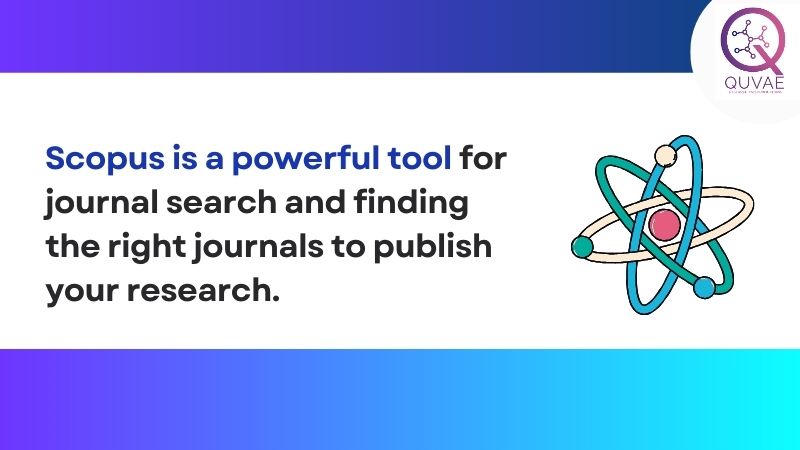Scopus is a well-known database of peer-reviewed literature that offers a wide range of features and tools to help researchers find the right journals to publish their work. In this article, we will discuss some of the most effective techniques for journal search in Scopus and how to check the quality of a journal. Tips on How to Check Journals in Scopus & Effective Techniques for Journal Search in Scopus.
1. Use Advanced Search Features
The first and most crucial technique for journal search in Scopus is to use advanced search features. Scopus offers advanced search options that allow researchers to search by author, title, keyword, and subject. By using these advanced search features, researchers can narrow down their search results to find the most relevant journals for their research.
2. Check the Journal’s Impact Factor
The impact factor is a measure of the number of times articles published in a particular journal have been cited in other journals. It is one of the most important metrics for measuring the quality of a journal. Scopus provides a list of journals and their impact factors, allowing researchers to check the quality of a journal before submitting their work.
3. Check the Journal’s H-Index
The h-index is a measure of the productivity and impact of a researcher’s work. The higher the h-index, the more influential the researcher’s work is. Scopus provides a list of journals and their h-index, allowing researchers to check the quality of a journal based on the productivity and impact of the researchers who publish in it.
4. Look for Journals in Your Field
Another effective technique for journal search in Scopus is to look for journals in your field. Scopus allows researchers to search for journals by subject area, making it easy to find journals that are relevant to their research.
5. Check the Journal’s Peer-Review Process
Peer review is a critical component of the publication process. It ensures that the research published in a journal is of high quality and meets the standards of the scientific community. Scopus provides information on the peer-review process for each journal, allowing researchers to check the quality of a journal’s peer review before submitting their work.
6. Check the Journal’s Open Access Policy
Open access is a publishing model that allows researchers to make their research freely available to the public. Scopus provides information on the open access policy for each journal, allowing researchers to find journals that are aligned with their open access publishing goals.
7. Read the Journal’s Aims and Scope
The aims and scope of a journal provide a detailed description of the type of research that is published in the journal. It is important to read the aims and scope of a journal before submitting your work to ensure that your research aligns with the goals of the fast publishing scopus journals in management.

Conclusion
Scopus is a powerful tool for journal search and finding the right journals to publish your research. By using advanced search features, checking the impact factor and h-index of a journal, looking for journals in your field, checking the peer-review process and open access policy, and reading the aims and scope of a journal, researchers can find the right journals to publish their work and improve their chances of success.

